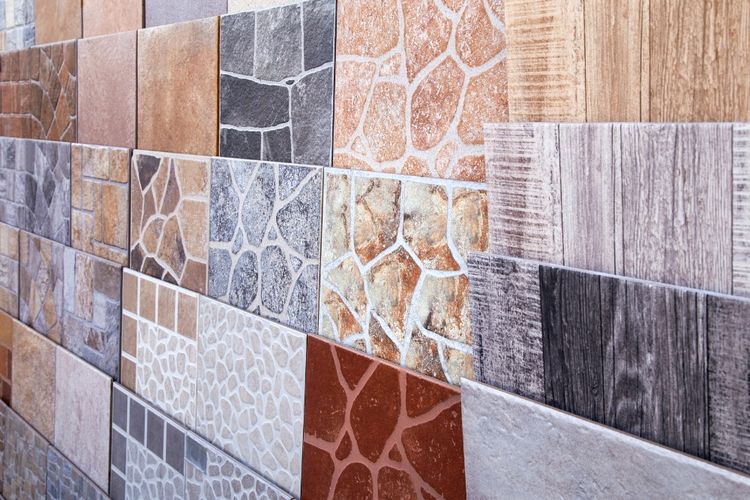Vinyl Flooring: A Versatile and Durable Option for Your Home
Vinyl flooring has become an increasingly popular choice for homeowners and interior designers alike. This versatile and durable flooring option offers a wide range of benefits, from its affordability to its low maintenance requirements. Whether you're renovating your home or building a new one, vinyl flooring is worth considering for its numerous advantages and stylish appearance.

How does vinyl flooring compare to other flooring options?
When compared to other flooring materials, vinyl stands out for its combination of affordability, durability, and design versatility. Unlike hardwood, which can be expensive and prone to water damage, vinyl is budget-friendly and highly water-resistant. It’s also softer underfoot than ceramic tile, making it more comfortable for extended periods of standing. While carpet may offer a cozy feel, vinyl is much easier to clean and maintain, making it an excellent choice for high-traffic areas or homes with pets and children.
What are the main benefits of choosing vinyl flooring for your home?
Vinyl flooring offers numerous advantages that make it an attractive option for many homeowners:
-
Durability: Vinyl is highly resistant to scratches, dents, and stains, making it ideal for busy households.
-
Water resistance: Unlike wood or laminate, vinyl can withstand moisture, making it suitable for bathrooms, kitchens, and basements.
-
Easy maintenance: Vinyl is simple to clean and doesn’t require special treatments or polishing.
-
Comfort: It provides a softer surface compared to hardwood or tile, offering more comfort when standing for long periods.
-
Affordability: Vinyl is generally less expensive than many other flooring options, offering a cost-effective solution for large areas.
-
Design variety: With a wide range of colors, patterns, and textures available, vinyl can mimic the look of more expensive materials like wood or stone.
How does vinyl flooring impact interior design?
Vinyl flooring can significantly influence the overall aesthetic of a room. Its versatility allows it to complement various interior design styles, from modern and minimalist to traditional and rustic. The wide array of patterns and colors available means you can easily find a vinyl option that matches your existing décor or serves as a foundation for a new design scheme. Additionally, the ability to mimic natural materials like wood or stone allows you to achieve high-end looks without the associated costs or maintenance requirements.
What should you consider when choosing vinyl flooring for your house?
When selecting vinyl flooring for your home, consider the following factors:
-
Quality: Look for higher-quality vinyl with a thick wear layer for increased durability.
-
Installation method: Choose between click-lock, glue-down, or loose-lay options based on your needs and DIY skills.
-
Subfloor condition: Ensure your subfloor is smooth and level, as imperfections can show through vinyl flooring.
-
Room usage: Consider the level of foot traffic and moisture exposure in the area where you’ll install the flooring.
-
Style and pattern: Select a design that complements your existing décor and personal taste.
-
Environmental impact: If sustainability is a concern, look for vinyl flooring options made with recycled materials or those that are recyclable.
What are the costs associated with vinyl flooring?
Vinyl flooring offers a range of price points to suit various budgets. The cost can vary significantly depending on the quality, style, and installation method chosen. Here’s a general overview of vinyl flooring costs:
| Type of Vinyl Flooring | Average Cost per Square Foot (Material Only) | Average Installation Cost per Square Foot |
|---|---|---|
| Sheet Vinyl | $0.50 - $2 | $1 - $2 |
| Luxury Vinyl Tile (LVT) | $2 - $5 | $2 - $5 |
| Luxury Vinyl Plank (LVP) | $2 - $7 | $2 - $5 |
| Rigid Core Vinyl | $3 - $7 | $2 - $5 |
Prices, rates, or cost estimates mentioned in this article are based on the latest available information but may change over time. Independent research is advised before making financial decisions.
When budgeting for vinyl flooring, remember to factor in additional costs such as underlayment, adhesives, and potential subfloor preparation. While professional installation adds to the overall cost, it can ensure a proper fit and finish, potentially extending the life of your flooring.
In conclusion, vinyl flooring offers a compelling combination of durability, affordability, and style for homeowners. Its versatility in design and ease of maintenance make it a practical choice for various rooms in the house. By considering factors such as quality, installation method, and room usage, you can select the perfect vinyl flooring option to enhance your home’s interior design while meeting your practical needs.






